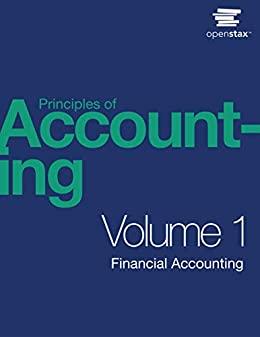Question
A Corporation acquired 100% of the outstanding, voting common stock of B Corporation on January 1, 2021. A Corporation uses the accrual basis of accounting.
A Corporation acquired 100% of the outstanding, voting common stock of B Corporation on January 1, 2021. A Corporation uses the accrual basis of accounting. The book value and fair value of B Corporations accounts on that date (prior to creating the combination) are as follows, along with the book value of A Corporations accounts:
|
| A Corporation Book Value | B Corporation Book Value | B Corporation Fair Value | |||
| Retained earnings, 1/1/21 | $ | 250,000 | $ | 240,000 |
|
|
| Cash and receivables |
| 170,000 |
| 70,000 | $ | 70,000 |
| Inventory |
| 230,000 |
| 180,000 |
| 220,000 |
| Land |
| 320,000 |
| 220,000 |
| 250,000 |
| Buildings (net) |
| 480,000 |
| 240,000 |
| 290,000 |
| Equipment (net) |
| 120,000 |
| 90,000 |
| 90,000 |
| Liabilities |
| 650,000 |
| 440,000 |
| 530,000 |
| Outstanding, voting common stock |
| 360,000 |
| 80,000 |
|
|
| Additional paid-in capital |
| 60,000 |
| 40,000 |
|
|
Assume that A Corporation issued 15,000 shares of outstanding, voting common stock, with a $5 par value and a $50 fair value, to obtain all of B Corporations outstanding stock. In this acquisition transaction, how much goodwill should be recognized?
Step by Step Solution
There are 3 Steps involved in it
Step: 1

Get Instant Access to Expert-Tailored Solutions
See step-by-step solutions with expert insights and AI powered tools for academic success
Step: 2

Step: 3

Ace Your Homework with AI
Get the answers you need in no time with our AI-driven, step-by-step assistance
Get Started


